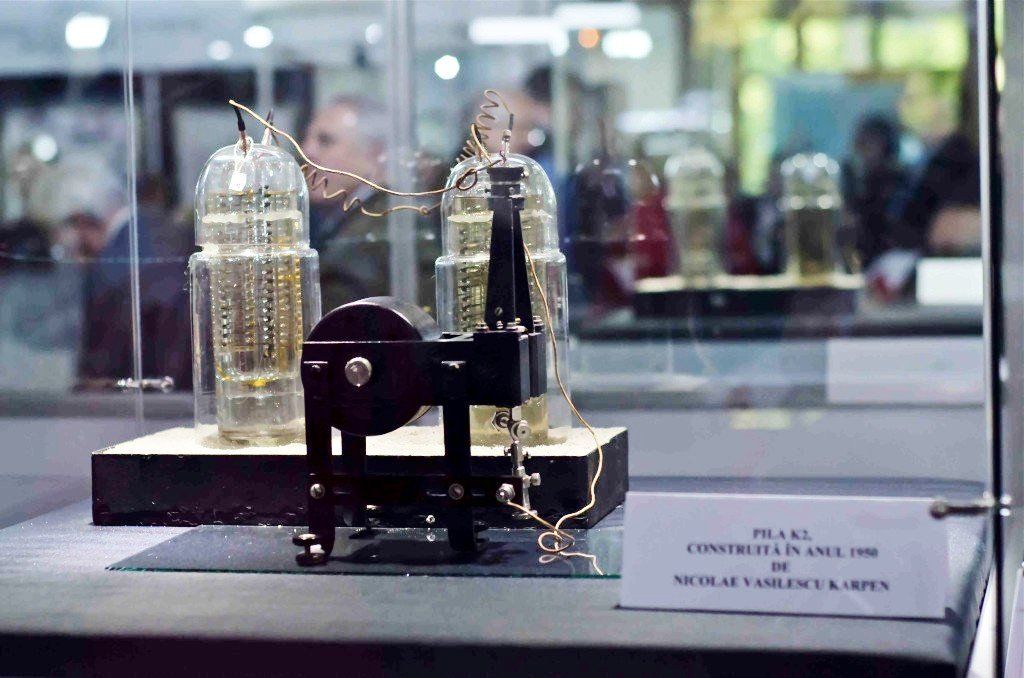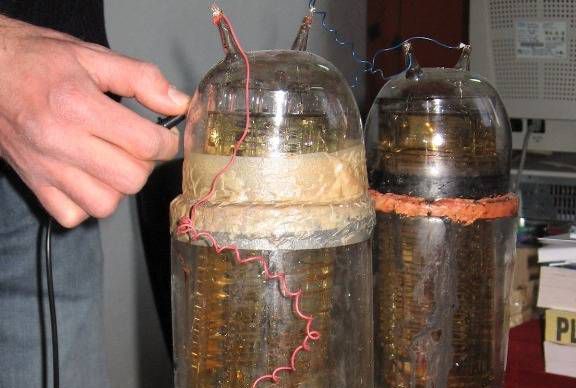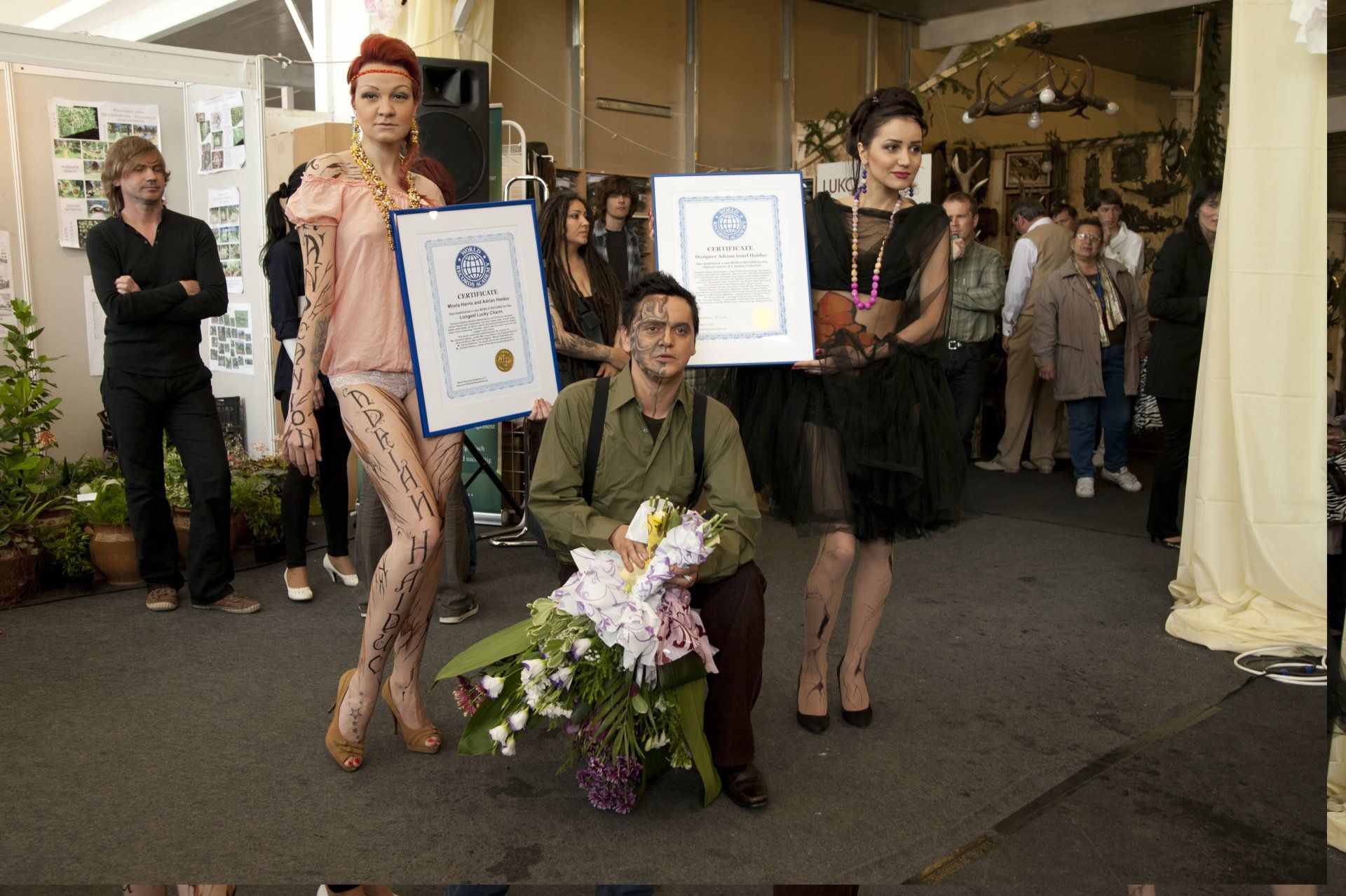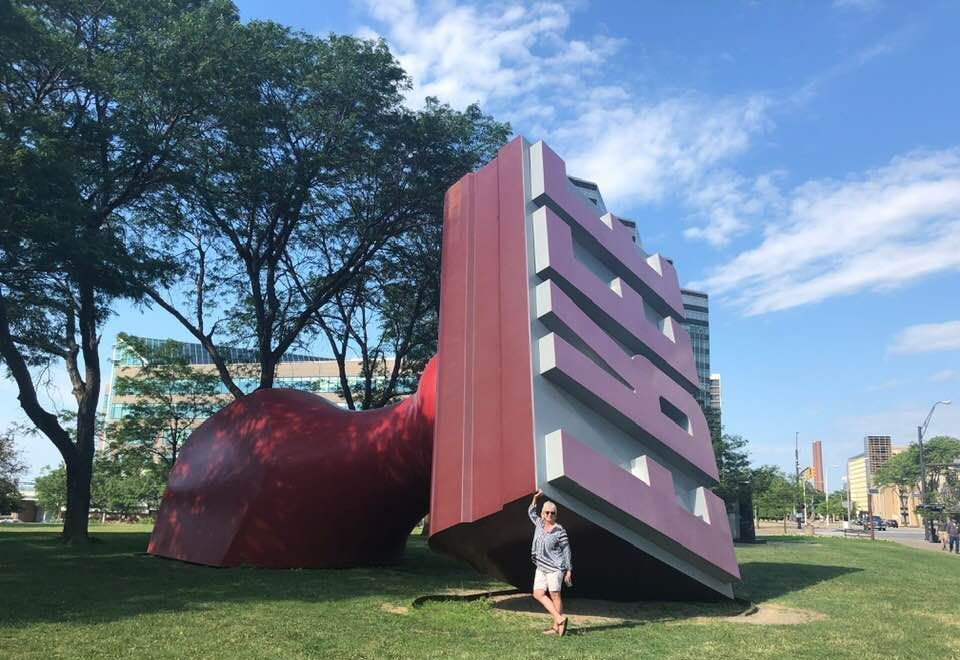Longest running wet cell battery: Karpen's Pile
"Here's the mystery we have near the Liberty Park, an inheritance by an extraordinary oltean, engineer-physicist Nicolae Vasilescu-Karpen, " says journalist Alexandru Mironov.
BUCHAREST, Romania -- The Karpen's Pile
, also known as "The K Pile", or the "uniform temperature thermoelectric pile", is an electric pile invented by Romanian inventor Nicolae Vasilescu-Karpen; patented in 1924 and made in 1950, it's still running and on display at the National Technical Museum "Prof.ing. Dimitrie Leonida " in Bucharest and still produces measurable electrical energy, setting the world record for the Longest running wet cell battery
, (Most durable wet cell battery), according to the Academy Of World Records.
The Karpen's Pile consists of a gold electrode and a platinum electrode, while the electrolyte is high purity sulfuric acid.
From the two electrodes potentials (+1.52 V for gold and +1.188 V for platinum) it results that this electrochemical wire can generate a voltage of about 0.33 V. Two sliced cells will supply almost 0.7 V.
The Karpen's pile prototype has been assembled
in 1950 and consists of two series-connected electric piles moving a
small galvanometric motor. The motor moves a blade that is connected to a
switch. With every half rotation, the blade opens the circuit and
closes it at the the start of the second half. The blade’s rotation time
had been calculated so that the piles have time to recharge and that
they can rebuild their polarity during the time that the circuit is
open.
In ordinary electrochemical cells of type Volta, Daniel, the different electron concentration in the vicinity of electrodes is maintained through chemical loading and unloading reactions.
In K cells with undetectable metal electrodes there are no chemical reactions, maintaining the different electron concentration is due to the difference in electron-gold interaction energy, respectively platinum.
The Karpen's pile had been exhibited in several
scientific conferences in Paris, Bucharest and Bologna, Italy, where its
construction had been explained widely. Researchers from the University
of Brasov and the Polytechnic University of Bucharest in Romania have
even performed special studies on the battery, but didn’t come to a
clear conclusion.
The National Technical Museum in Bucharest was founded in 1909 by the engineer Dimitrie Leonida, having as a model the Technical Museum in Munich, visited by Leonida during his studies at the Polytechnic School in Charlottenburg near Berlin.
"Here's the mystery we have near the Liberty Park, left an inheritance by an extraordinary oltean, engineer-physicist Nicolae Vasilescu-Karpen, "saysfamous Romanian tech journalist Alexandru Mironov for
the Science and Technology magazine.




